Roadside Petroleum: Marketing Mix Strategies and Long-Term Goals
VerifiedAdded on 2022/12/23
|5
|811
|33
Report
AI Summary
This report provides a detailed analysis of Roadside Petroleum's marketing mix, focusing on the four Ps: Product, Price, Place, and Promotion. The report explains how Roadside Petroleum's strategies for each 'P' align with its long-term business goals. The product strategy focuses on creating, manufacturing, and utilizing energy sources based on customer needs, with a three-step approach involving operational improvements, asset optimization, and expansion of energy potentials. The pricing strategy considers external factors and government regulations, aiming to provide easy customer access while maximizing free cash flow. The place strategy emphasizes a worldwide distribution network, a well-organized website, and service stations. The promotion strategy uses various media channels, including billboards, social media, and fuel stations, to enhance brand value and product visibility. The report references relevant academic sources to support the analysis, providing a comprehensive overview of Roadside Petroleum's strategic marketing approach.
1 out of 5
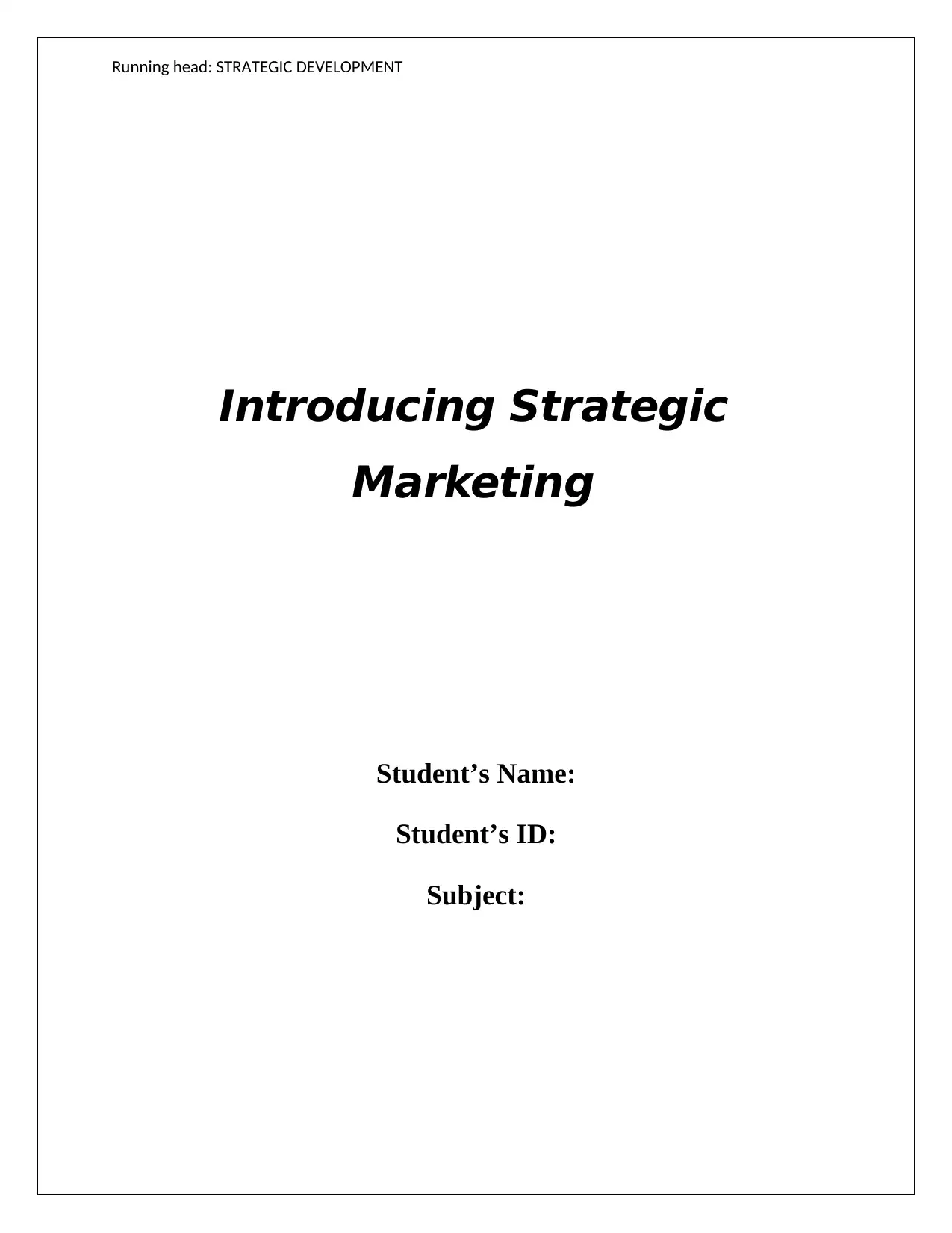
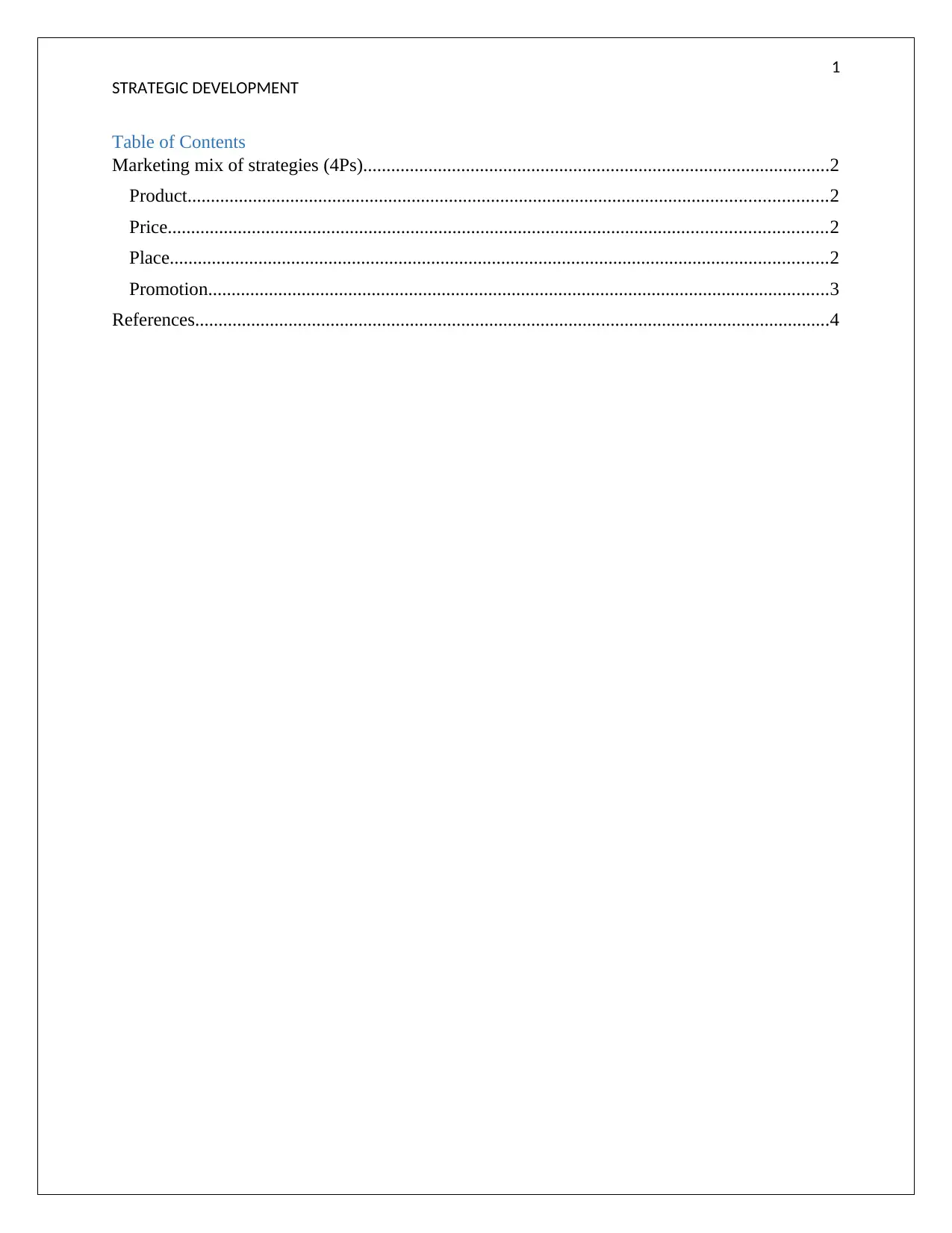
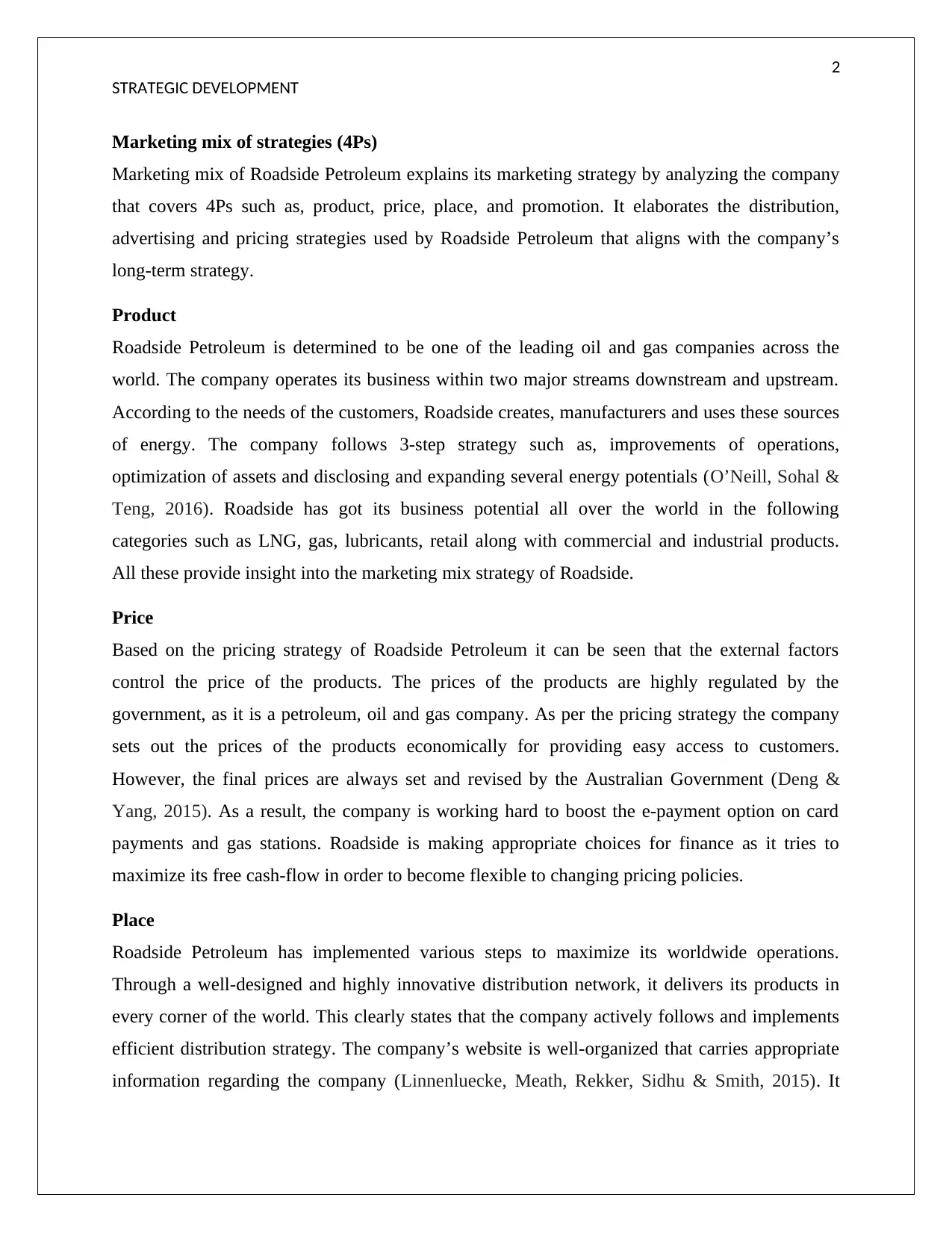

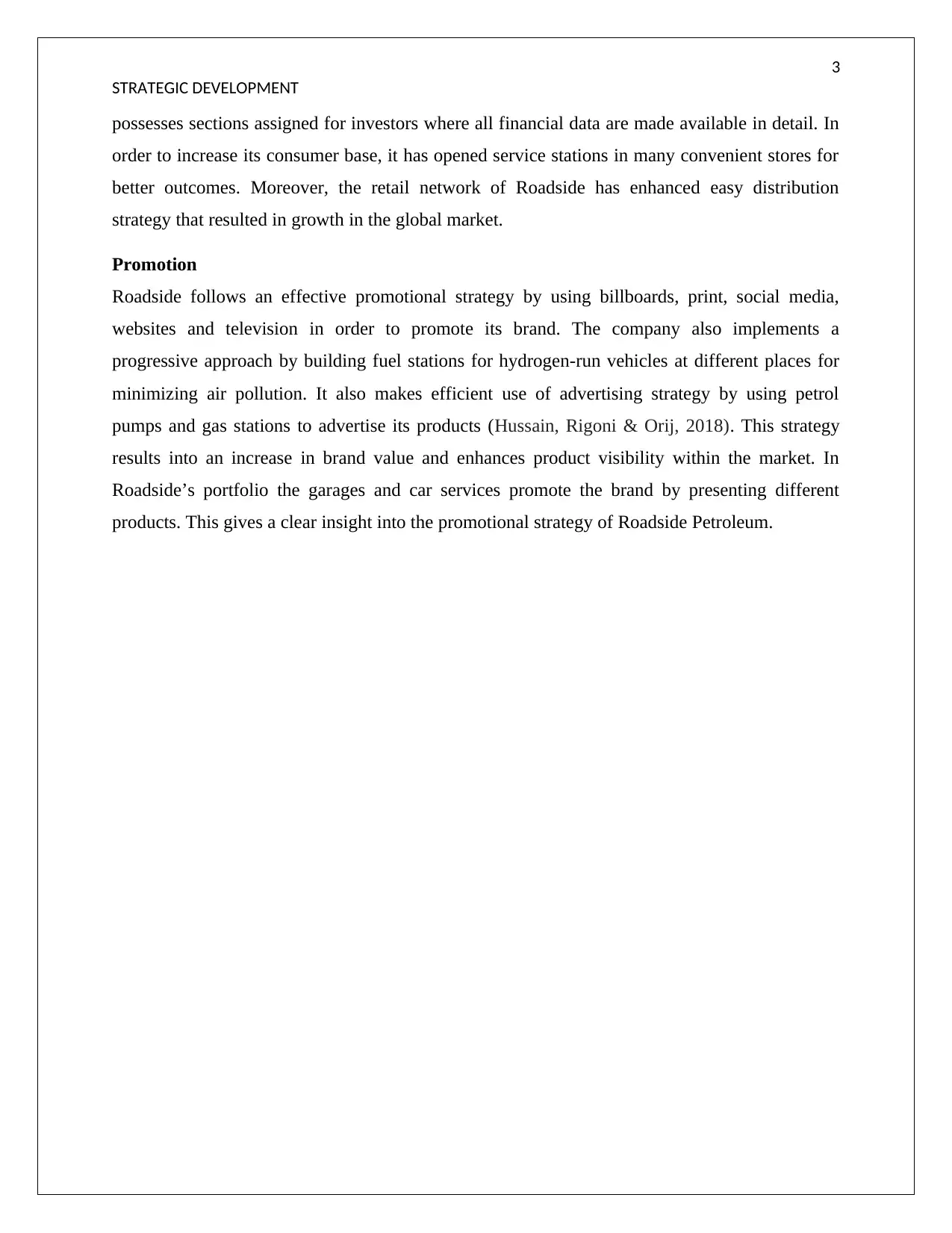
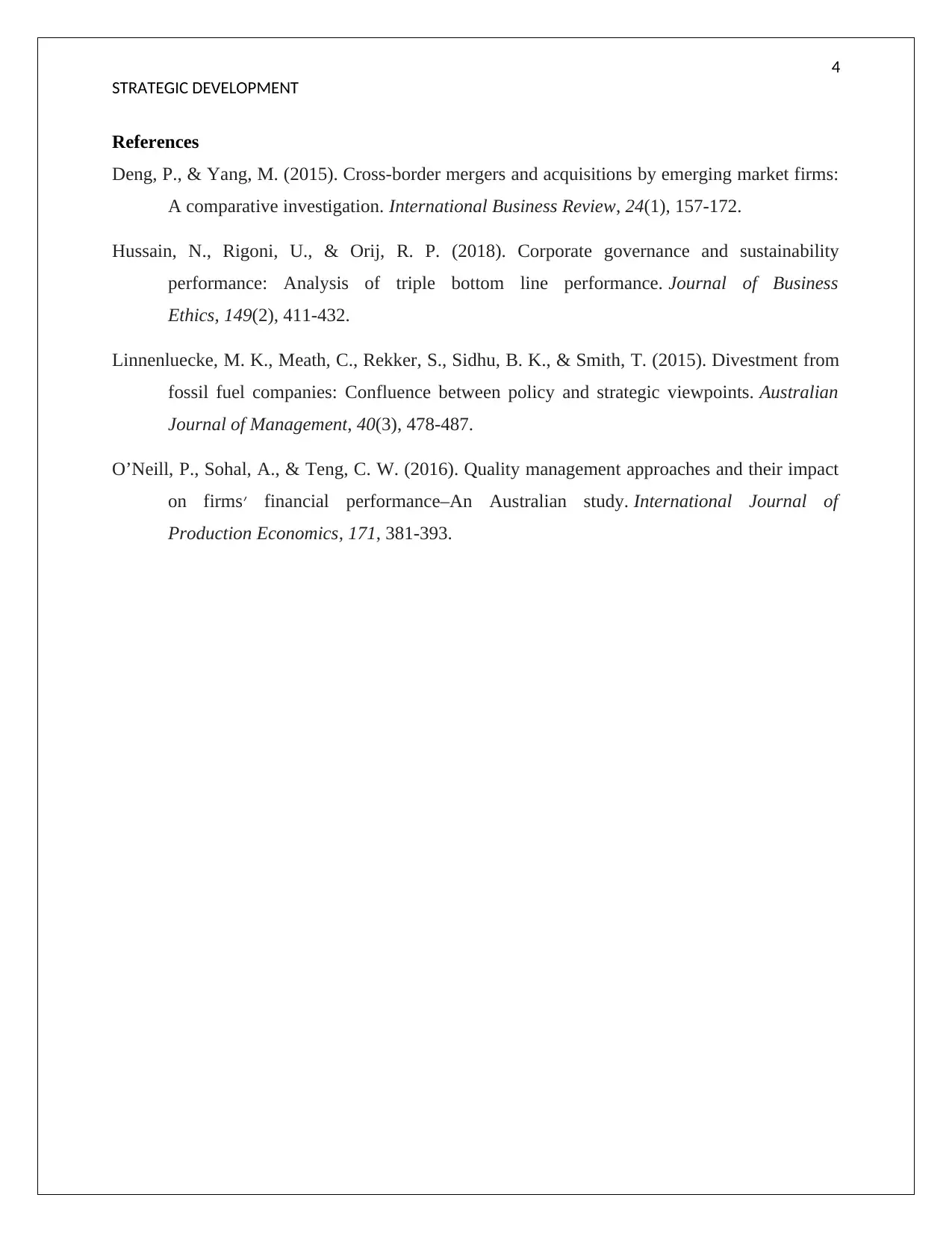





![[object Object]](/_next/static/media/star-bottom.7253800d.svg)